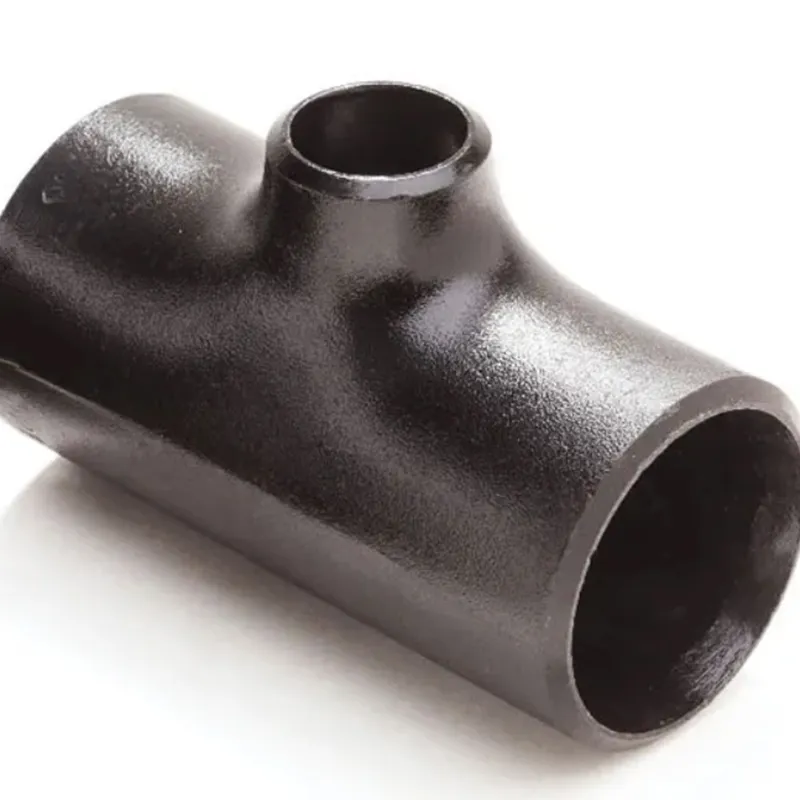-
Cangzhou Yulong Steel Co., Ltd.
-
Phone:
+86 13303177267 -
Email:
admin@ylsteelfittings.com
- English
- Arabic
- Italian
- Spanish
- Portuguese
- German
- kazakh
- Persian
- Greek
- French
- Russian
- Polish
- Thai
- Indonesian
- Vietnamese
- Zulu
- Korean
- Uzbek
- Hindi
- Serbian
- Malay
- Ukrainian
- Gujarati
- Haitian Creole
- hausa
- hawaiian
- Hebrew
- Miao
- Hungarian
- Icelandic
- igbo
- irish
- Japanese
- Javanese
- Kannada
- Khmer
- Rwandese
- Afrikaans
- Albanian
- Amharic
- Armenian
- Azerbaijani
- Basque
- Belarusian
- Bengali
- Bosnian
- Bulgarian
- Catalan
- Cebuano
- China
- China (Taiwan)
- Corsican
- Croatian
- Czech
- Danish
- Esperanto
- Estonian
- Finnish
- Frisian
- Galician
- Georgian
- Kurdish
- Kyrgyz
- Lao
- Latin
- Latvian
- Lithuanian
- Luxembourgish
- Macedonian
- Malgashi
- Malayalam
- Maltese
- Maori
- Marathi
- Mongolian
- Myanmar
- Nepali
- Norwegian
- Norwegian
- Occitan
- Pashto
- Dutch
- Punjabi
- Romanian
- Samoan
- Scottish Gaelic
- Sesotho
- Shona
- Sindhi
- Sinhala
- Slovak
- Slovenian
- Somali
- Sundanese
- Swahili
- Swedish
- Tagalog
- Tajik
- Tamil
- Tatar
- Telugu
- Turkish
- Turkmen
- Urdu
- Uighur
- Welsh
- Bantu
- Yiddish
- Yoruba

Dec . 04, 2024 11:40 Back to list
api 5l x60 equivalent astm
Understanding API 5L X60 Equivalent ASTM Standards
API 5L X60 is a standard specification for line pipe used in pipelines that transport gas, water, and oil in the petroleum and natural gas industries. This specification details the required mechanical properties and chemical composition of the steel used for line pipe to ensure durability and safety in operation. In many engineering contexts, it is critical to identify equivalent materials that meet API 5L X60 requirements but fall under different standards, particularly ASTM (American Society for Testing and Materials) standards.
Overview of API 5L X60
API 5L X60 specifies a minimum yield strength of 60,000 psi (414 MPa) and is often used for transporting high-pressure liquids and gases. The chemical composition typically includes carbon (C), manganese (Mn), phosphorus (P), sulfur (S), and sometimes additional elements such as chromium (Cr), nickel (Ni), and molybdenum (Mo) to enhance the corrosion resistance and toughness of the material.
Equivalent ASTM Materials
When searching for equivalents under ASTM standards, two commonly referenced grades are ASTM A106 and ASTM A53. Both of these specifications cover seamless and welded steel pipes; however, they cater to different applications and have varying chemical and mechanical properties compared to API 5L X60.
1. ASTM A106 This specification is for seamless carbon steel pipes for high-temperature service. While it does not explicitly specify grades in the same manner as API 5L, Grade B and C are often used as equivalents. ASTM A106 Grade B, for instance, has a minimum yield strength similar to API 5L X60 but typically exhibits differences in chemical composition, particularly in the sulfur and phosphorus contents, which can affect weldability and corrosion resistance.
2. ASTM A53 This specification covers steel pipes intended for mechanical and low-pressure applications. Like A106, A53 includes several grades, with Grade B being the most comparable to API 5L X60 in terms of yield strength. However, A53 pipes are usually limited to lower temperature applications compared to the high-temperature uses of A106.
api 5l x60 equivalent astm

Comparison of Specifications
To assess the equivalence correctly, engineers and designers should compare not only the yield strength and tensile properties but also the chemical composition and intended use of the material. For instance
- Yield Strength API 5L X60 has a specific yield strength requirement that must be adhered to for pipeline integrity, while ASTM A106 and A53 may have varying yield strength requirements based on their grade classifications. - Chemical Composition The maximum allowable limits for elements like sulfur and phosphorus are typically stricter in API 5L, which is critical for pipeline applications subjected to harsh conditions.
- Applications API 5L X60 is primarily designed for high-pressure pipelines, while ASTM A106 and A53 have broader applications that may not necessarily entail high-pressure environments.
Industry Considerations
When selecting materials for pipelines, it is essential to consider the operational environment, including factors like temperature, pressure, and the corrosiveness of the transported materials. Using the correct equivalent can significantly impact the longevity and safety of the pipeline system. Failure to meet these specifications can lead to disastrous consequences, including leaks, ruptures, and environmental contamination.
Conclusion
Understanding the equivalences between API 5L X60 and ASTM standards is crucial for engineers and designers in the oil and gas industry. While ASTM A106 and A53 provide useful alternatives, careful evaluation of mechanical properties, chemical composition, and intended use is vital in ensuring compliance and operational safety. The choice of material should reflect not only adherence to standard specifications but also an understanding of the specific requirements of the application. By doing so, industry professionals can contribute to the development of more reliable and efficient pipeline systems.
Latest news
-
ANSI 150P SS304 SO FLANGE
NewsFeb.14,2025
-
ASTM A333GR6 STEEL PIPE
NewsJan.20,2025
-
ANSI B16.5 WELDING NECK FLANGE
NewsJan.15,2026
-
ANSI B16.5 SLIP-ON FLANGE
NewsApr.19,2024
-
SABS 1123 FLANGE
NewsJan.15,2025
-
DIN86044 PLATE FLANGE
NewsApr.19,2024
-
DIN2527 BLIND FLANGE
NewsApr.12,2024
-
JIS B2311 Butt-Welding Fittings LR/SR 45°/90° /180°Seamless/Weld
NewsApr.23,2024











